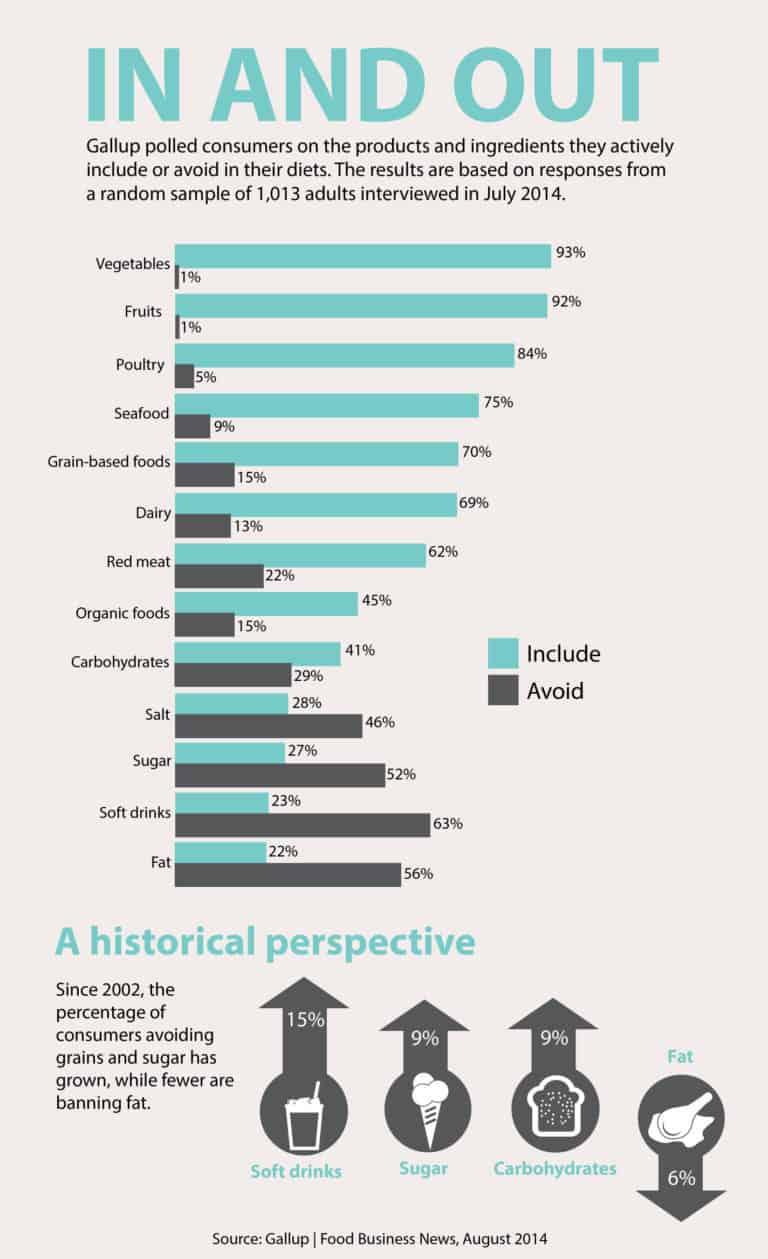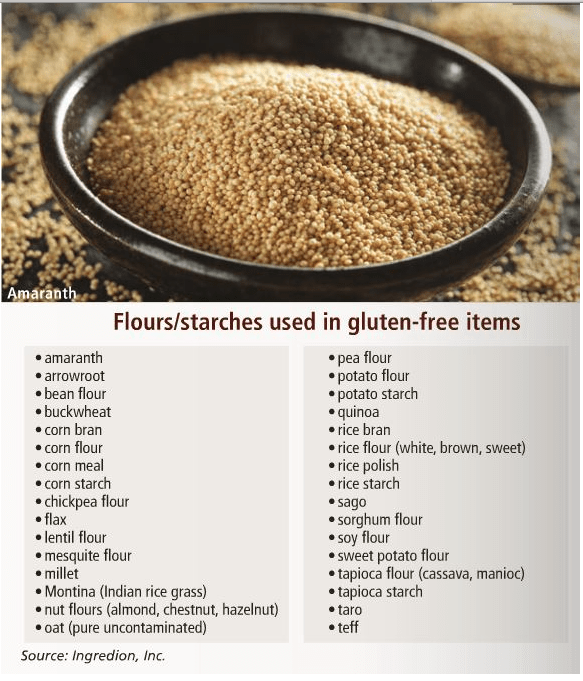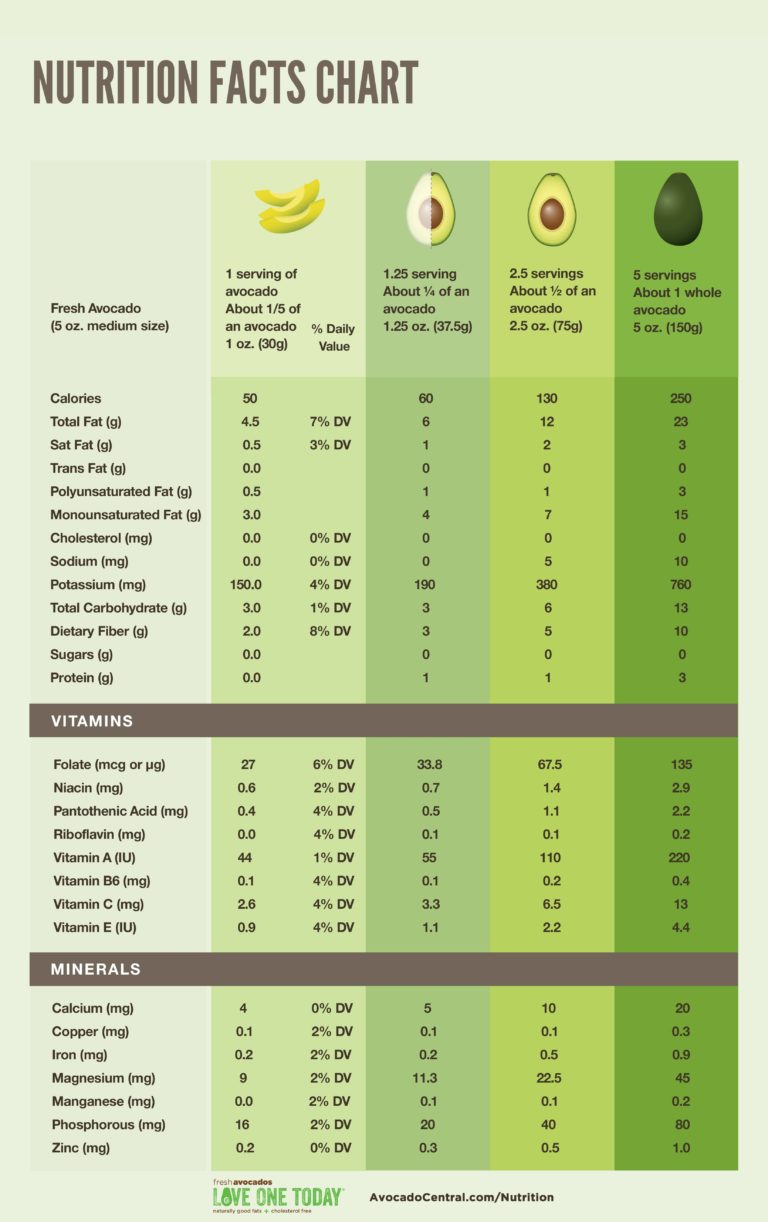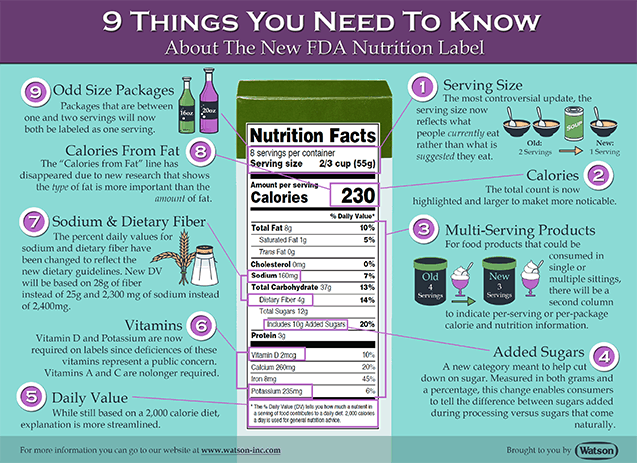Welcome to Our Thirty Fifth Issue!
March; named for the Roman god of war, Mars. This was the time of year to resume military campaigns that has been interrupted by winter .
UNLV and the Women’s Hospitality Initiative just hosted an outstanding event to support and develop women leaders in the restaurant community. To celebrate this important occasion, Infoodsys is proud to showcase two remarkable culinarian! Chefs Jess Shadbolt & Clare de Boer

Chefs Jess & Clare
Every morning, she and Ms. de Boer draw up the day’s lunch and dinner menus with the ingredients they have on hand, then type them up on a fractured laptop in a mix of Italian and English, occasionally peppered with French.
King, which opened nearly two years ago on the unremarkable corner of King Street and Avenue of the Americas, is sparsely decorated and brightly lit, with an open kitchen and paper-topped tables. The dining room is small and the menus are so brief — around seven dishes — that first-time visitors often flip them over, hopelessly searching for more options.
But the restaurant has won wide acclaim: In May, Ms. Shadbolt and Ms. de Boer were named two of the best new chefs in the country by Food & Wine magazine. In a two-star review in The New York Times last year, Pete Wells took note of “how many little moves they know that can raise a recipe from good to exceptional.”
Ms. Shadbolt, 34, and Ms. de Boer, 28, met in 2013 as cooks at the River Cafe, a London fixture that Ruth Rogers and Rose Gray opened in the late 1980s.
Excerpts from the New York Times
Interview with Chef Jess & Clare

Ways to Get Vitamin "D"

7 ways to reduce stress and keep blood pressure down

Let the Food be the Medicine
CHICAGO — It’s never been a secret that a nutritious diet influences general health. In decades past, however, most consumers took a reactionary approach to health needs, seeking medicine to treat specific conditions and only changing their dietary habits when faced with a direct threat to their well-being. Now, a growing proactive health movement is driving consumers to treat food as a means to prevent, manage and possibly even reverse certain conditions.
The Power of Carotenoids
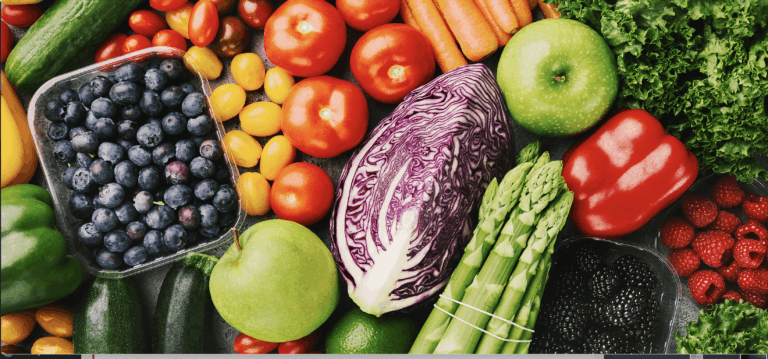
Carotenoids are the yellow-orange pigments in fruits and vegetables. There are more than 600 carotenoids, of which over 450 that exist in food have been identified; these include beta carotene, lycopene, beta kryptoxanthin, and lutein. Some 50 carotenoids are converted to vitamin A in the intestine, and until recently scientists thought that the others were simply pigments that played no role in health. Recent years, however, research has shown that many of the carotenoids may have disease-preventing potential.
Foods rich in beta-carotene and other carotenoids include: Apricots, asparagus, beef liver, beets, broccoli, cantaloupe, carrots, corn, guava, kale, mangoes, mustard and collard greens, nectarines, peaches, pink grapefruit, pumpkin, squash (yellow and winter), sweet potato, tangerines, tomatoes, and watermelon.
Are you accessible to your staff / team?
What are some of the ways to help you get to know your team and for the team to see they have a manager that cares about his or her staff and wants to see them progress?
For example: Remembering birthdays. If someone is attending school, you might ask how their studies are going.
So where do you begin?
1. Ask questions: “What are your biggest challenges right now?”
a. This can help to eliminate barriers and perhaps create a new more efficient process.
2. “What should we do differently?”
a. This allows your team to have autonomy and contribute to the decision making for the department and opens up the possibility of change.
3. “What resources, equipment, supplies are needed?”
a. This is a good first step.
• Leaving your door open and letting your team know what times are best times to come in to give you feedback; ask questions or discuss concerns.
• Set up or arrange departmental town-hall meetings or discussion groups
to allow questions and gather information from your staff.
• Make an effort to walk your department regularly. Discuss/ask what they are working on and if there are any challenges they may be facing.
• Have lunch with your team, instead of in your office. You get to learn so much more about them.
• Host informal gatherings, such as breakfast briefings and company picnics and actually plan to be there for a period of time.
• Invite comments and feedback from your staff.
• You may find that productivity can increase by you simply getting up from your desk and letting your staff know when you need their help.
”
Toni Ali/HR Expert
A helpful sheet for accuracy in recipe costing/ click below
Food for Thought
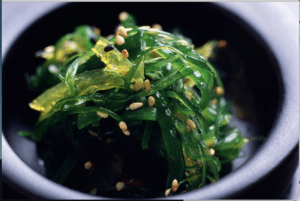
The Power of Edible Seaweed
Edible seaweed, or sea vegetables, are seaweeds that can be eaten and used in the preparation of food. They may belong to one of several groups of multicellular algae: the red algae, green algae, and brown algae. Edible seaweed has an umami flavor- a pleasant savory taste, which results from a high level of the amino acid, glutamate.
7 Surprising Health Benefits of Eating Seaweed.
- Good Source of Vitamins and Minerals.
- Contains Iodine and Tyrosine, Which Support Thyroid Function.
- Contains a Variety of Protective Antioxidants.
- Provides Fiber and Polysaccharides That Can Support Your Gut Health.
- May Help You Lose Weight by Delaying Hunger and Reducing Weight.
- May Reduce Heart Disease Risk.
Click here for more information; Why Seaweed is Good for Me?
Why Wash Your Hands?
- Handwashing education has shown to reduce FBI:
- Reduces the number of people who get sick with diarrhea by 31%
- Reduces diarrheal illness in people with weakened immune systems by 58%
- Reduces respiratory illnesses, like colds, in the general population by 16-21%
- Gloves Alone Aren’t Enough for Food Safety
- Gives a false sense of security
- Contamination of clean glove with dirty hands?
- Washing with soap and water is much more effective than washing with water alone. Soap binds to the dirt, oils, and microbes present on hands and makes it easier to wash them away. Applying soap also tends to make people scrub more thoroughly.
- Friction from lathering and scrubbing hands physically helps the soap bind to and loosen dirt, oils, and germs.
- Although the optimal length of time for handwashing may depend on factors such as the type and amount of soil, grease, and germs on hands, studies have shown that scrubbing for at least 15 seconds removes significantly more germs from hands than washing for shorter periods.
Information provided by Aminta Martínez-Hermosilla, MS
Follow these tips to prevent spread of pathogens through basic, good hygiene practices
Implement a personal hygiene program. To lessen the possibility of food handlers contaminating food, institute a good personal hygiene policies to make sure food handlers come to work healthy. Include actions such as reporting illnesses and covering wounds
Remind employees to wash their handsThis is especially important after using the restroom and after handling raw meat, seafood and poultry. Use a single-use paper towel or hand dryer, rather than any part of their uniform, to dry.
Use separate equipmentEach type of food should be prepped and handled with a separate piece of equipment. Some operations use colored cutting boards and utensil handles to help keep equipment separate.
Clean and sanitize all work surface. All work surfaces, equipment and utensils should be cleaned and sanitized after each task. Simply rinsing equipment is not enough to eliminate pathogens that can contaminate food.
hello
WHAT’S COOKING TODAY?
Dahi Chutney

Method
Think Positively (Leadership)

Leaders can build accountability by spelling out what’s expected from employees in terms of results and behaviors, monitoring progress daily and applying positive and negative consequences based on outcomes, says S. Chris Edmonds. “Without consequences, clear agreements and monitoring do not ensure either results or respect,” he says.

2020 Culinary Forecast
Do you have the skills to make a great coach?

- Hire the right fit for your open position
- Allowing this new employee(s) to adjust to your company culture
- Seeing their potential
- Begin grooming them to take positions that are higher than yours in the industry
- Be open to their ideas
Quote's
That will help you stay ahead of the game.
Don’t say you don’t have enough time. You have exactly the same number of hours per day that were given to Helen Keller, Louis Pasteur, Michelangelo, Mother Teresa, Leonardo da Vinci, Thomas Jefferson and Albert Einstein.
Lead On!
Participative Theories of Leadership
Participative Theories of Leadership are considered by some to be an ideal style of leadership because they consider input from others. Leaders utilizing this type of theory tend to encourage both contributions and active participation from other group members. In turn, this allows the other group members to feel more relevant and committed to the direction the leader has chosen to go. The only real caveat here is that the leader maintains the right of what input to allow from the other group members.
For more information regarding the Participative Theories please visit: Behavioral Leadership
It has been my observation, over the years, that many leaders rank low on empathy. They understand it intellectually, they just don’t pay enough attention, ask the right questions or comprehend that it is not just about what your colleagues think, but about how they feel. To be an effective leader you need to do more than just manage the bottom line and watch the numbers like a hawk. Obviously that may be necessary, but so is offering suggestions, being supportive, being a source of creative ideas, helping your people think through their roles and helping them make the best use of their time. In fact, that is precisely what the best leaders do.
Patrick J. McKenna
As you think about how you exhibit genuine empathy here are five questions for you to contemplate. For more information visit: patrickmckenna.com
Culinary Corner

Form the American Culinary Federation, your chance to create spectacular dishes and contribute with inspirational new ideas.
Click below for more information:
The 2016 Menus of Change Annual Report was released at the fourth annual Menus of Change leadership summit on June 14. It includes an analysis of issues at the convergence of public health, the environment, and the business of food, plus and updated Dashboard of how the food and foodservice industries have progressed—or not—since last year’s report was issued.
The World Culinary Arts Video Series

Read more and enjoy the videos at: Amazing video library from The Culinary Institute of America
La Finestra: Trends Spotting

Just like fashion, food trends come and go in the blink of an eye. Every year, we see a rise in these fads that inevitably affect the way we eat and plan our meals. From superfoods to juice cleanses, the modern dining pattern has undeniably been influenced by the presence of a health-conscious effort, which we see continuing into 2020.
Learn more 2020 Food trends according Chefs


If you’re feeling forgetful, it could be due to a lack of sleep or a number of other reasons, including genetics, level of physical activity and lifestyle and environmental factors. However, there’s no doubt that diet plays a major role in brain health.
The best menu for boosting memory and brain function encourages good blood flow to the brain — much like what you’d eat to nourish and protect your heart. Research found the Mediterranean Diet helps keep aging brains sharp, and a growing body of evidence links foods such as those in the Mediterranean diet with better cognitive function, memory and alertness
Learn more by visiting: Types of Foods to Help Boost Your Memory
Meeting the Demand for Safe, Natural Products
Lately, while shopping at my local grocery store, I have noticed the increasing number of food products marketed as organic or preservative-free. More and more, consumers are demanding green labels and ingredient lists they can understand. Yet food safety — preventing food spoilage and contamination from microbial pathogens — must remain a top priority for food producers. The food safety industry faces many challenges if it is to transition away from the use of refined chemicals toward more label-friendly preservatives.
By Suzanne Osborne, PhD
Wednesday, 30 April 2014
Kale is one of the cruciferous vegetables, cancer fighters full of fiber and antioxidants. great addition to salads or you can bake it with a spritz of extra virgin-olive oil and sea salt for a crispy potato chip alternative.
Hail to the Kale!!
2020 Culinary Forecast

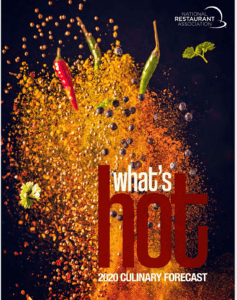
Nutrition, Eat Better
Salt, Consuming the right amount, Most Americans consume more sodium than is good for their health, according to the Centers for Disease Control and Prevention. Learn more!

8 Tips For Avoiding Gluten Cross Contamination – PrimoHealthCoach
▪ Oils that have been used to deep fry battered foods will contaminate foods like French fries. Use separate oils, and ask the chef when dining out if the same oil is used for battered foods.
▪ Cutlery, utensils and potsand pans must be thoroughly cleaned before cooking gluten-free to avoid cross-contamination.
▪ Toasters and ovens that have been used for glutenous breads can contaminate gluten-free breads. At home try to keep two separate toasters.
▪ Grills and barbecues can easily cross-contaminate foods if not properly cleaned. Many sauces used to barbecue have gluten.
▪ Sifters used for both glutenous and gluten-free flours will cross-contaminate. At home if you use both types of flour, keep separate properly labeled sifters.
▪ Your mayonnaise, peanut butter jar, jams and jellies are easily contaminated when making sandwiches.
▪ Glutenous flours have a tendency to stay airborne for some time after use. Cooking in a kitchen shortly after preparing foods with glutenous flours is risky for the sensitive person. Because of this I find it very hard to believe that you can get a truly gluten-free pizza from a pizza restaurant that makes regular pizza as well.
▪ Any foods not prepared in a gluten-free facility, including your own home, runs the risk of getting cross-contaminated.
Goodness!!
Avocado oil; this silky fruit oil helps fight joint condition and promoted soft skin.




